
User Training for Busy Programmers
¥23.97
This book is concise and pithy, focusing on action rather than theory. While many books explore the subject of adult learning, User Training for Busy Programmers shows the reader how to apply a proven method in a systematic way enabling busy programmers to produce excellent results without adding too much to their workload. William's approach is to start in the middle and work your way outward. He based this approach on an article he wrote about how to develop user documentation. "I wrote this when I realized that my method for creating user documentation and training under tight deadlines was nothing like what I learned in school. I really expected heavy criticism from other writers and trainers when I published this article, but apparently my heresy was well-received. It's one of the most-linked-to and highest-rated articles on my website. By the time I saw the need for a book that enables non-trainers to develop software training courses, I had thoroughly developed the middle-out approach." Do you need to write a successful software training courseAre you unsure of how to startWould you like a step-by-step project plan to guide you in the development of your software classThis book gets right to the point with clear, concise directions for developing an end-user software course.
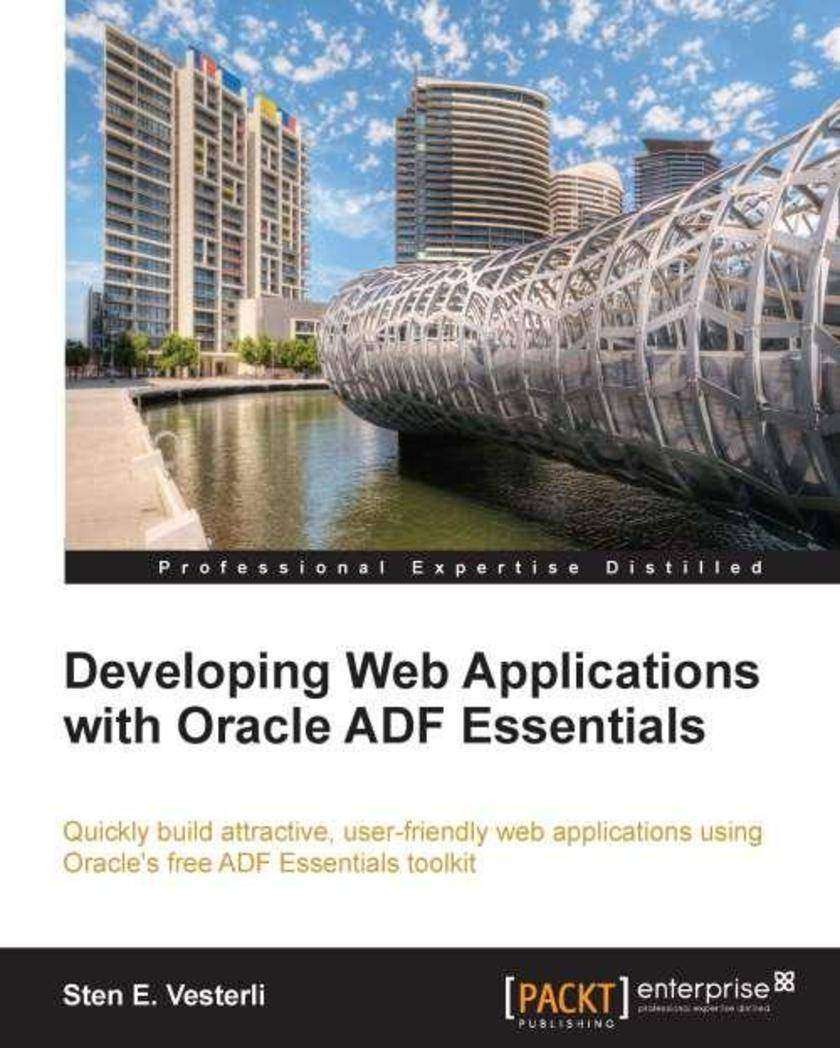
Developing Web Applications with,Oracle ADF Essentials
¥90.46
Developing Web Applications with Oracle ADF Essentials covers the basics of Oracle ADF and then works through more complex topics such as debugging and logging features and JAAS Security in JDeveloper as the reader gains more skills. This book will follow a tutorial approach, using a practical example, with the content and tasks getting harder throughout."Developing Web Applications with Oracle ADF Essentials" is for you if you want to build modern, user-friendly web applications for all kinds of data gathering, analysis, and presentations. You do not need to know any advanced HTML or JavaScript programming. Business logic can be implemented by adding Java code at well-defined hook points, so you do not need do know advanced object-oriented programming—regular Java programming skills are enough.
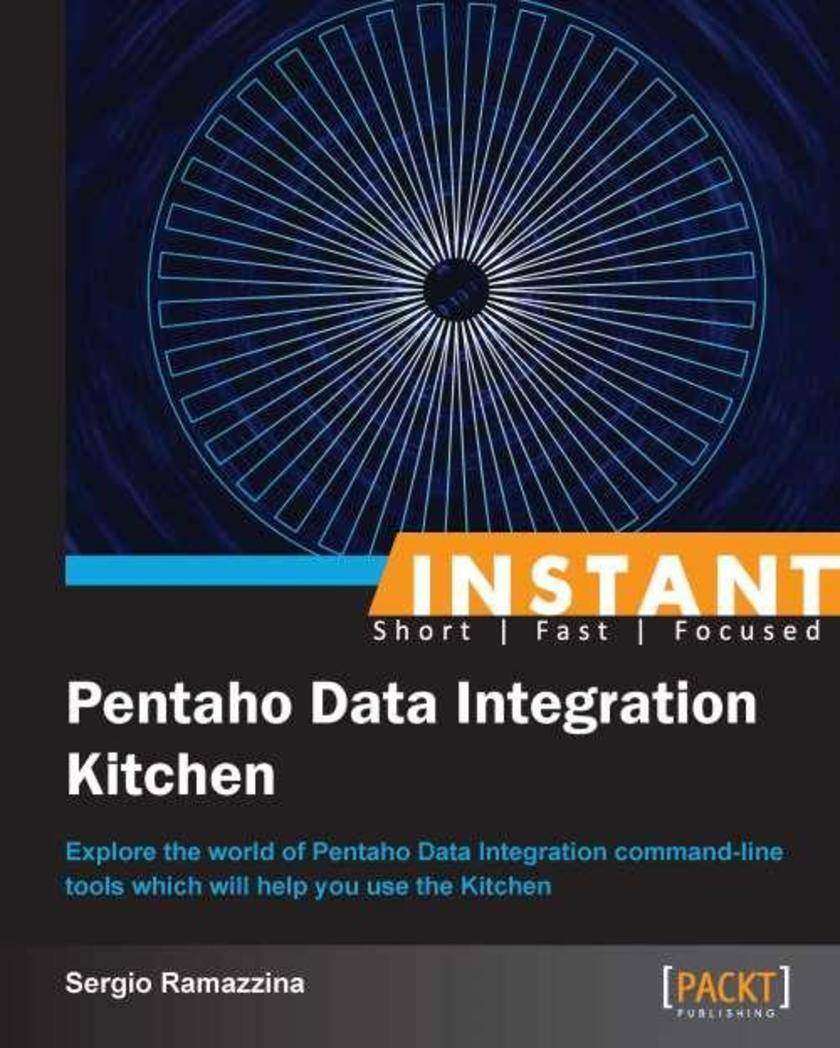
Instant Pentaho Data Integration Kitchen
¥35.96
Filled with practical, step-by-step instructions and clear explanations for the most important and useful tasks. A practical guide with easy-to-follow recipes helping developers to quickly and effectively collect data from disparate sources such as databases, files, and applications, and turn the data into a unified format that is accessible and relevant to end users.Any IT professional working on PDI and is a valid support for either learning how to use the command line tools efficiently or for going deeper on some aspects of the command line tools to help you work better.
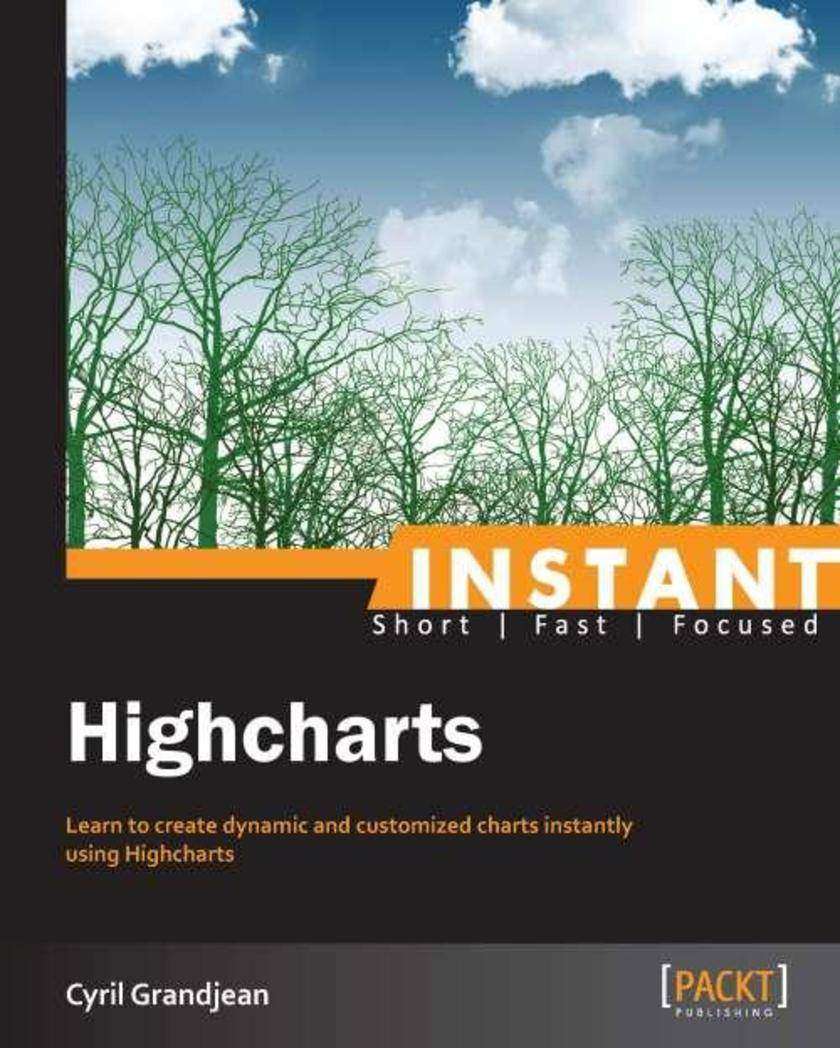
Instant Highcharts
¥43.59
Get to grips with a new technology, understand what it is and what it can do for you, and then get to work with the most important features and tasks. Instant Highcharts Starter has a step-by-step approach to help you understand the core concepts of different types of Highcharts and create your own customized charts.Instant Highcharts Starter is for web developers who are new to the Highcharts library and looking to create their own charts in their webpages. You should have some experience with the JavaScript library. You should know how to develop a server-side language such as PHP to create dynamic Highcharts.

Drupal 7 Media
¥80.65
This is a practical, hands-on guide packed with examples that will help you build rich Drupal 7 media web applications.If you are a Drupal site builder and you wish to spice up your web applications with rich media content, then this book is for you. A basic understanding of HTML, JavaScript, and basic PHP module development in Drupal would be helpful, but is not necessary.
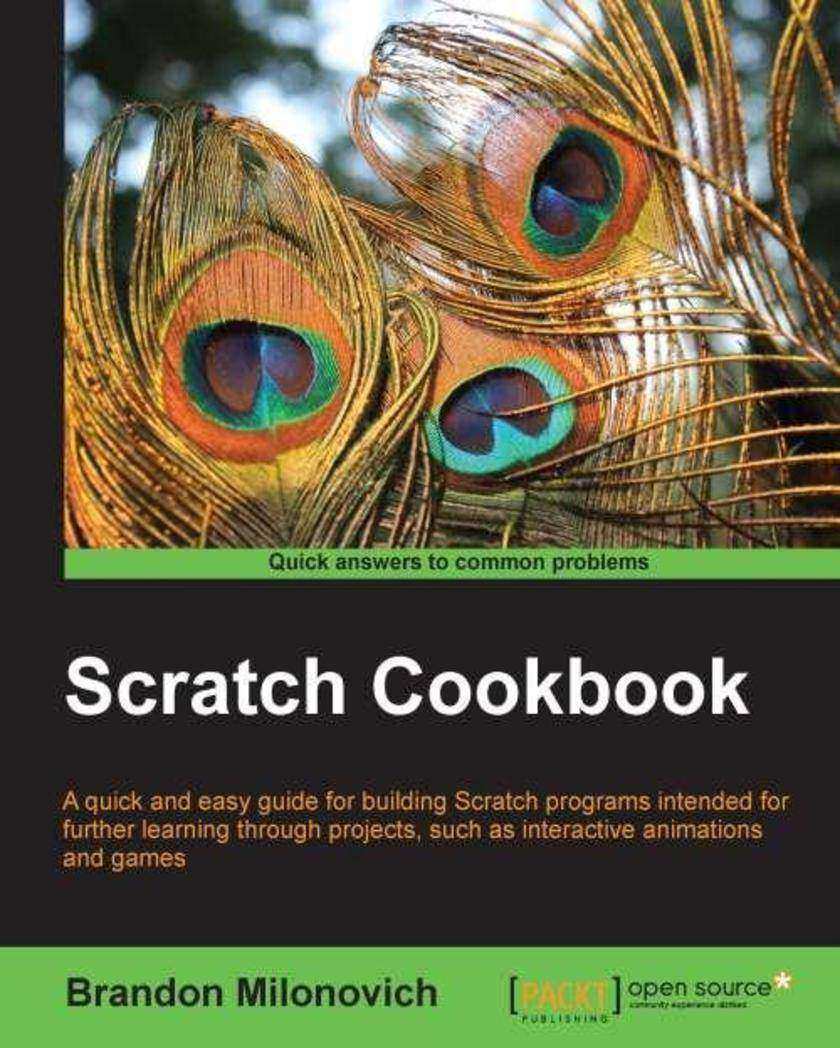
Scratch Cookbook
¥90.46
A practical approach with hands-on recipes to learn more about Scratch and its features.Scratch Cookbook is great for people who are still relatively new to programming but wish to learn more. It assumes you know the basics of computer operation. The methods of using Scratch are worked through quickly with a focus on more advanced topics, though readers can move at their own pace to learn all the techniques they need.
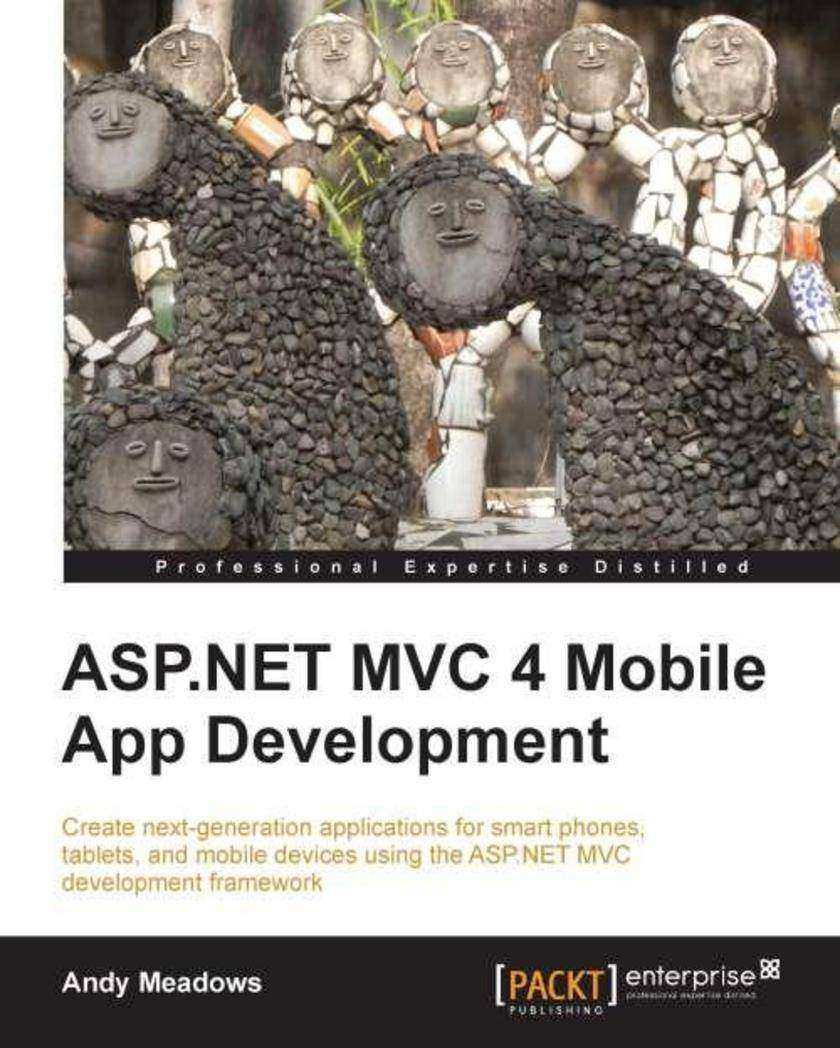
ASP.NET MVC 4 Mobile App Development
¥80.65
A step-by-step tutorial to get acquainted with the ASP.NET MVC4 Framework and its features in order to discover how to develop web applications using them.This book is targeted at people who are familiar with C# development on the .NET platform and are interested in web development with the ASP.NET development framework. No prior web or mobile development experience is required
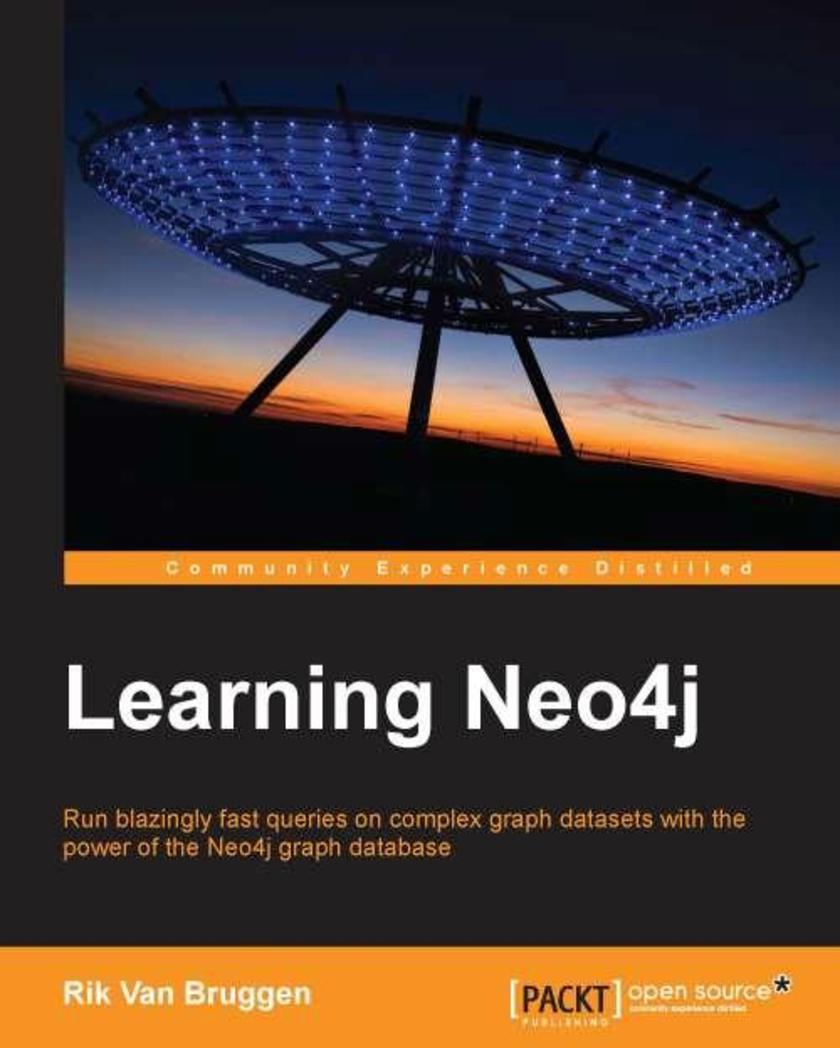
Learning Neo4j
¥90.46
This book is for developers who want an alternative way to store and process data within their applications. No previous graph database experience is required; however, some basic database knowledge will help you understand the concepts more easily.
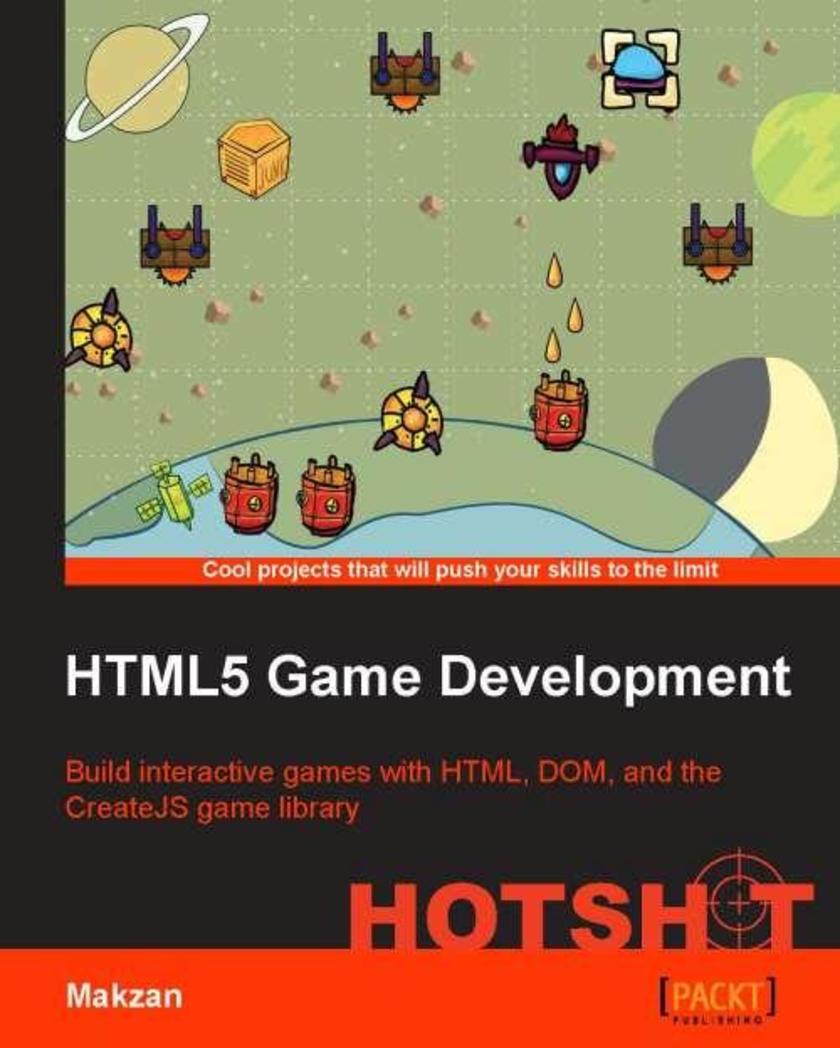
HTML5 Game Development Hotshot
¥80.65
With a wide range of projects to build, this step-by-step guide will give you all the tools you need to create a variety of games. Whether you are familiar with the basics of object-oriented programming concepts, are new to HTML game development, or are familiar with just web design, this project-based book will get you up and running in no time. It will teach and inspire you to create great interactive content on the Web.
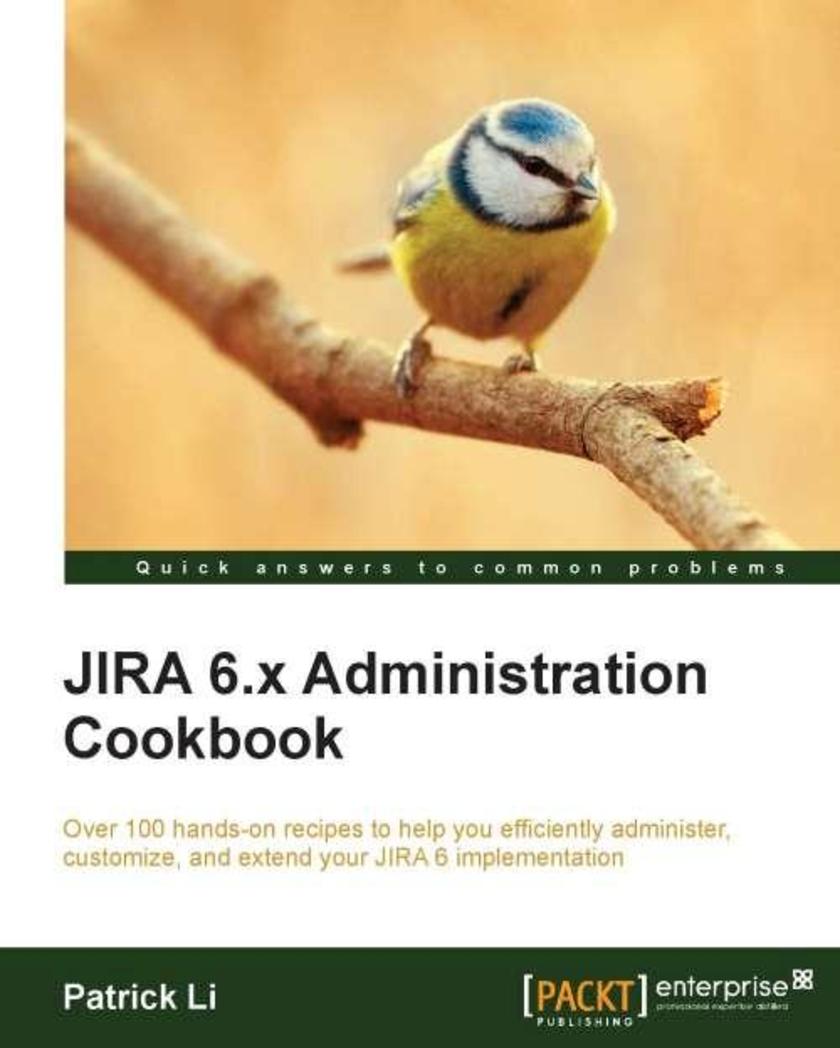
JIRA 6.x Administration Cookbook
¥90.46
A comprehensive guide, full of practical recipes with real-life JIRA administration challenges, solutions, and examples with illustrations from the actual application. If you are an administrator who will be customizing, supporting, and maintaining JIRA for your organization, this book is for you. Familiarity with the core concepts of JIRA is essential. For some recipes, basic understanding in HTML, CSS, and JavaScript will also be helpful.

Mastering Proxmox
¥79.56
This is not an instructional guide, but a practical, scenario-based book which guides you through everything you need to know in a practical manner by letting you build your own cluster. By the end of the book, you will have a fully functional Proxmox cluster setup at your disposal and have the knowledge to replicate virtualization solutions .If you already know what the word "virtualization" means and you are ready to stand out from the crowd equipped with the unique ability to design and implement a rock-solid virtualized network environment using Proxmox, then you have just picked up the only book you will need. Linux system administration experience together with knowledge of networking and virtualization concepts is assumed. This book is also useful if you are already using Proxmox and simply want to master its advanced features.
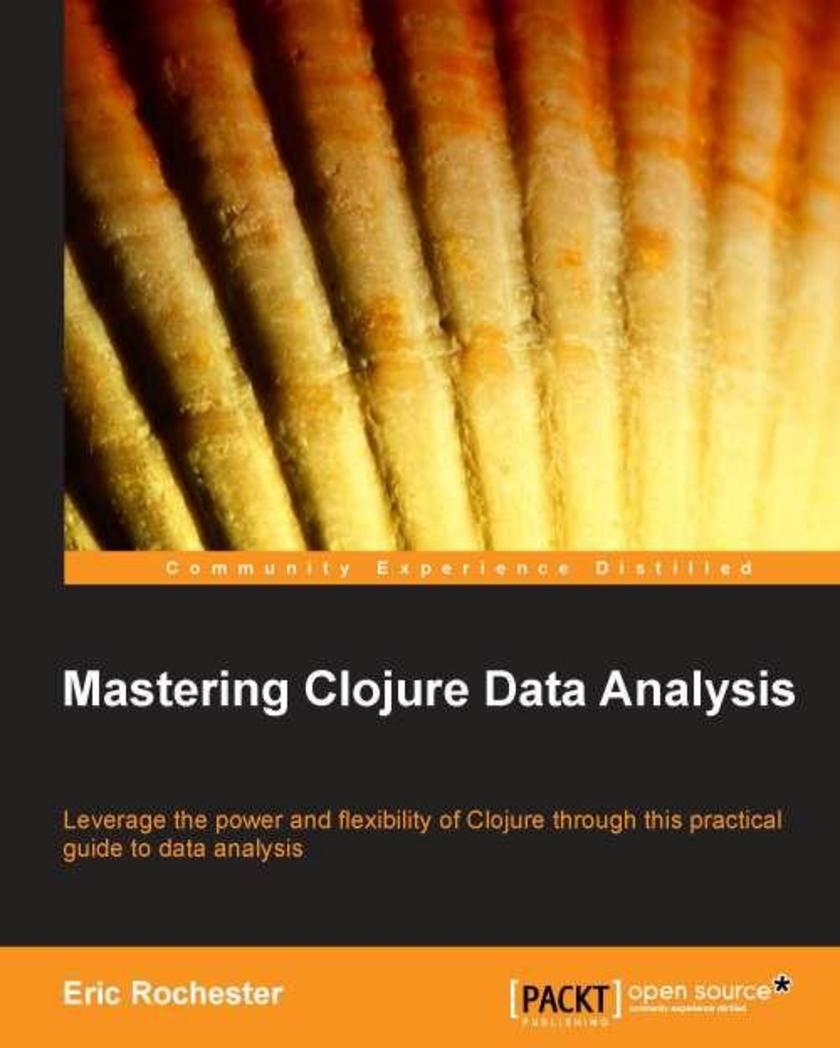
Mastering Clojure Data Analysis
¥107.90
This book consists of a practical, exampleoriented approach that aims to help you learn how to use Clojure for data analysis quickly and efficiently. This book is great for those who have experience with Clojure and need to use it to perform data analysis. This book will also be hugely beneficial for readers with basic experience in data analysis and statistics.

WildFly: New Features
¥50.13
This book is an easytofollow guide full of handson examples of administration tasks and valuable information about security. Each topic is explained and placed in context, and for the more inquisitive readers, there are more indepth details of the concepts used. If you are an application server administrator or a Java developer with some experience with previous versions of JBoss AS and you want to familiarize yourself with WildFly, then this book is ideal for you.
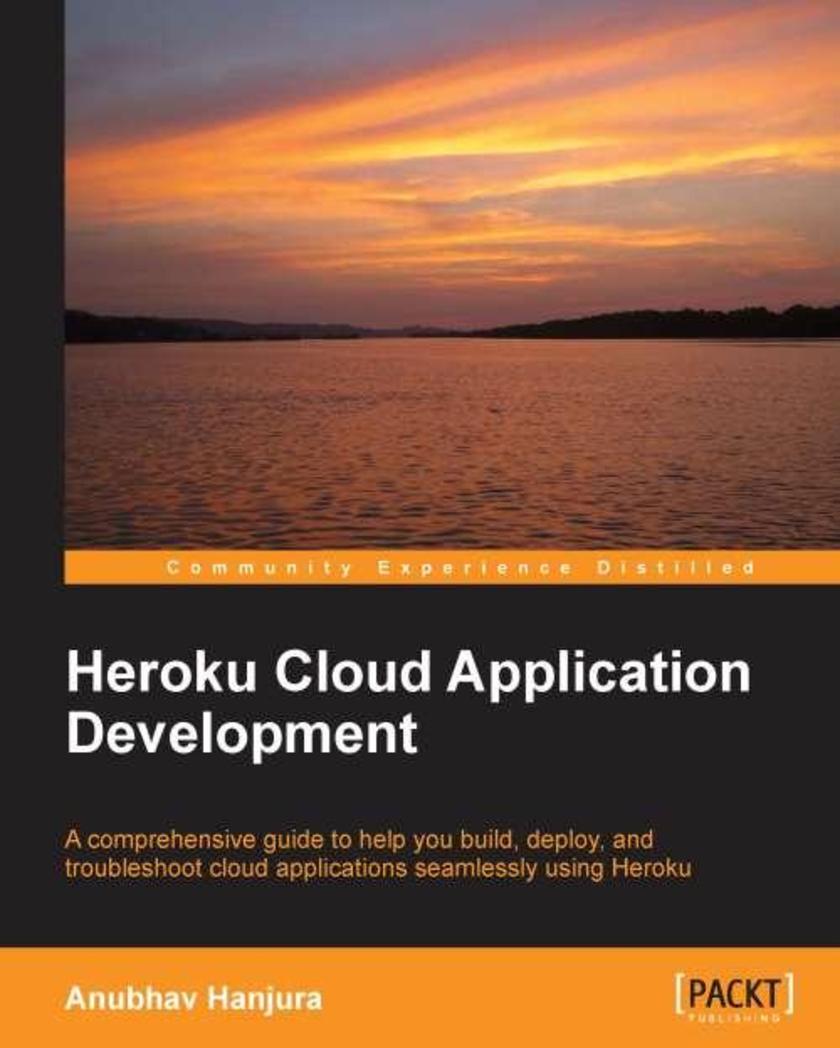
Heroku Cloud Application Development
¥99.18
An easytofollow, handson guide that clearly explains the various components of the Heroku platform and provides stepbystep guidance as well as numerous examples on how to build and troubleshoot robust and scalable productionready web applications on the Heroku platform. This book is intended for those who want to learn Heroku the right way. Perhaps you are new to Heroku or are someone who has heard about Heroku but have not built anything significant with it. You should have knowledge or familiarity with cloud computing and basic knowledge of database and network deployment.
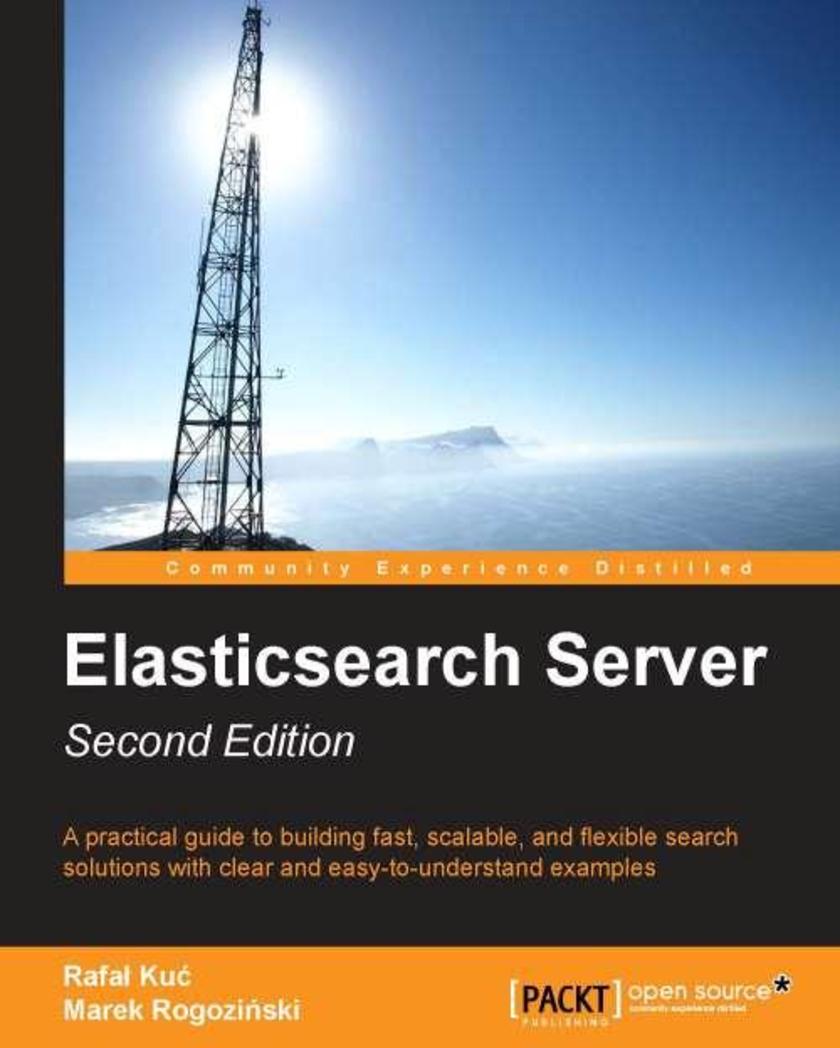
ElasticSearch Server Second Edition
¥90.46
This book is a detailed, practical, handson guide packed with reallife scenarios and examples which will show you how to implement an ElasticSearch search engine on your own websites. If you are a web developer or a user who wants to learn more about ElasticSearch, then this is the book for you. You do not need to know anything about ElastiSeach, Java, or Apache Lucene in order to use this book, though basic knowledge about databases and queries is required.
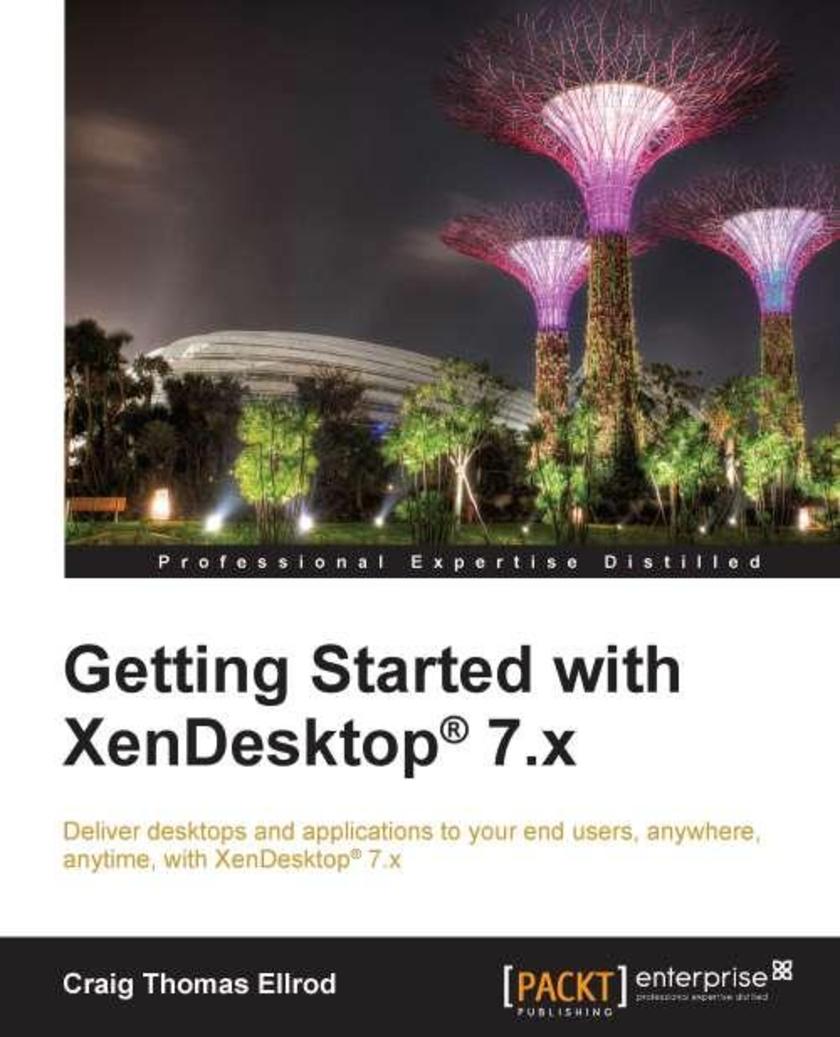
Getting Started with XenDesktop 7.x
¥99.18
This is a stepbystep, taskbased, practical guide to learning and getting your basic XenDesktop 7.x site up and running. It is fast, easy, and makes learning desktop and application virtualization simple. If you are a system administrator, consultant, or beginner who wants to implement and administer Citrix XenDesktop sites, then this book is for you. Familiarity with virtualization of desktops and applications and datacenter concepts will be helpful. The ability to read network diagrams and understand servers, data flow, clients, devices, and the interworking of these pieces will be beneficial.
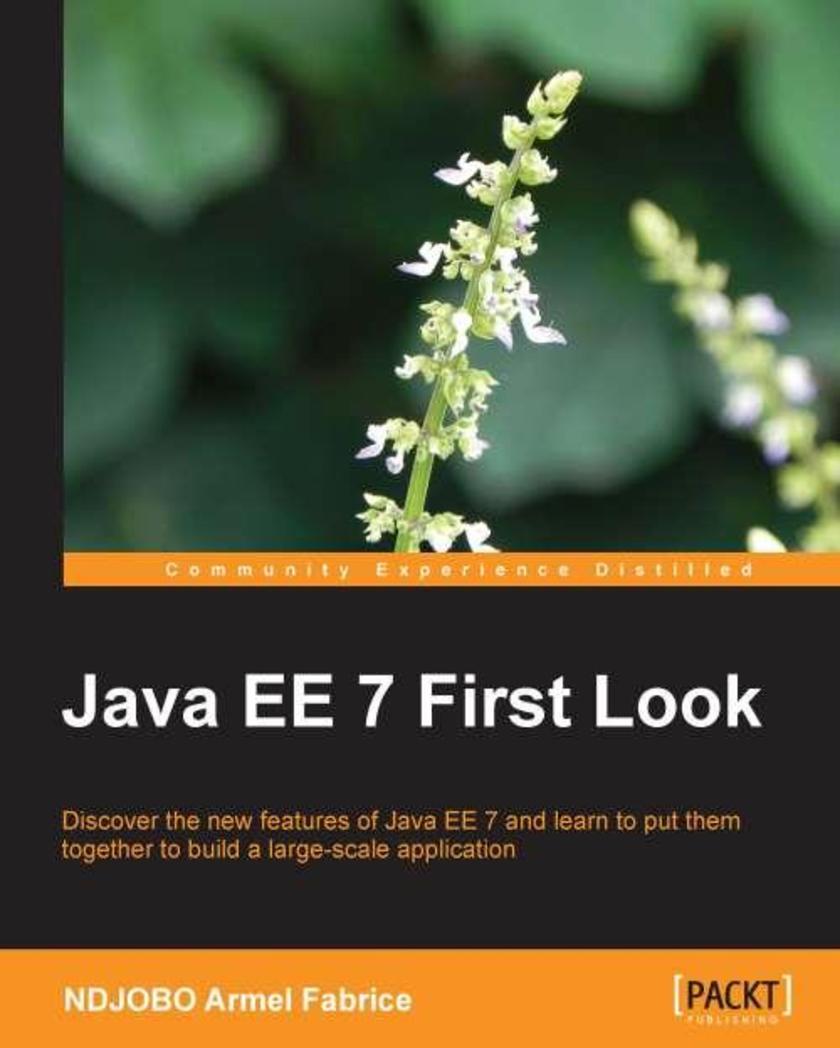
Java EE 7 First Look
¥71.93
An easy-to-follow guide to reveal the new features of Java EE 7 and how to efficiently utilize them.Given the main objectives pursued, this book targets three groups of people with a knowledge of the Java language. They are:Beginners in the Java EE platform who would like to have an idea about the main specifications of Java EE 7.Developers who have experimented with previous versions of Java EE and who would like to explore the new features of Java EE 7.Building architects who want to learn how to put together the various Java EE 7 specifications for building robust and secure enterprise applications
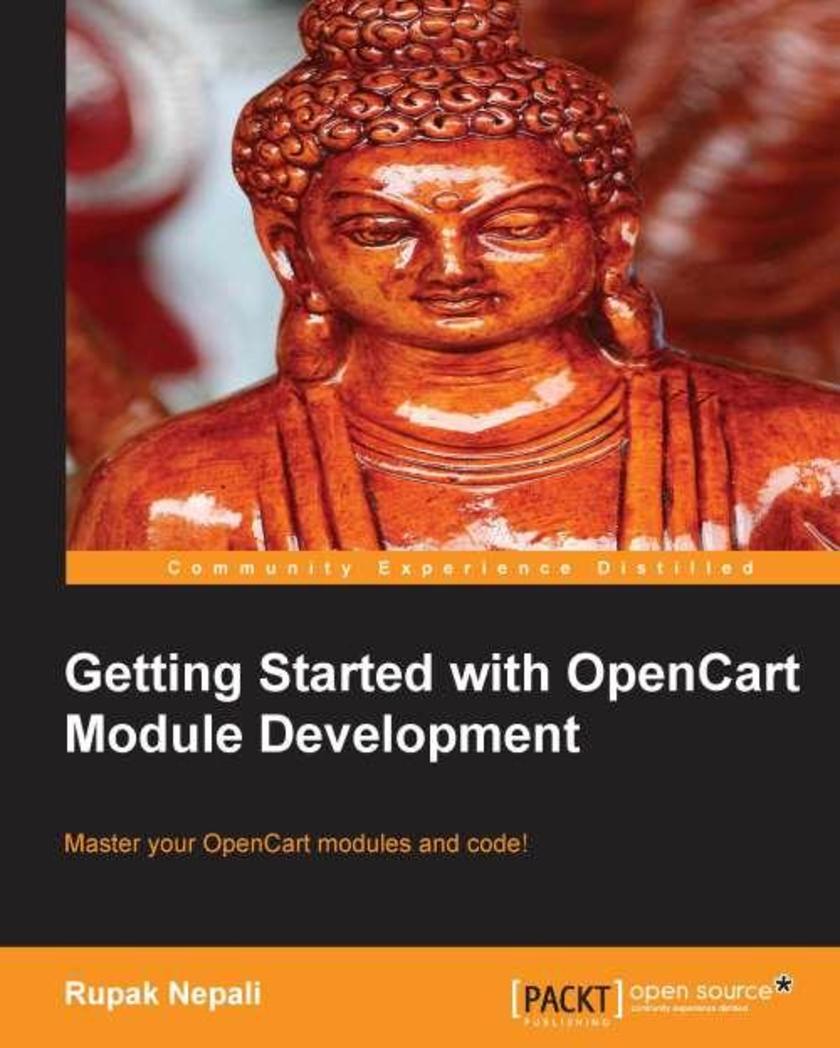
Getting Started with OpenCart Module Development
¥63.21
Written as a step-by-step guide, Getting Started with OpenCart Module Development will teach you all you need to know about OpenCart, from custom extensions to module development.This book is for developers who want to develop OpenCart extensions and for those who want to learn more about the code workflow of OpenCart. Basic knowledge of OpenCart would be an added advantage.

Instant JQuery Flot Visual Data Analysis
¥41.41
Filled with practical, step-by-step instructions and clear explanations for the most important and useful tasks. A quick, instruction-based guide full of examples that details on the various aspects of Flot and how users can apply it to data groups for interactive data representation techniques.If you are a data visualization developer, mapping and presentation software developer, or anyone with an interest in jQuery visualization, this book is ideal for you. If you have a working knowledge of jQuery and JavaScript, you can use this book to add sophisticated visualizations to your web application so that your users can easily understand data that is crucial to them.
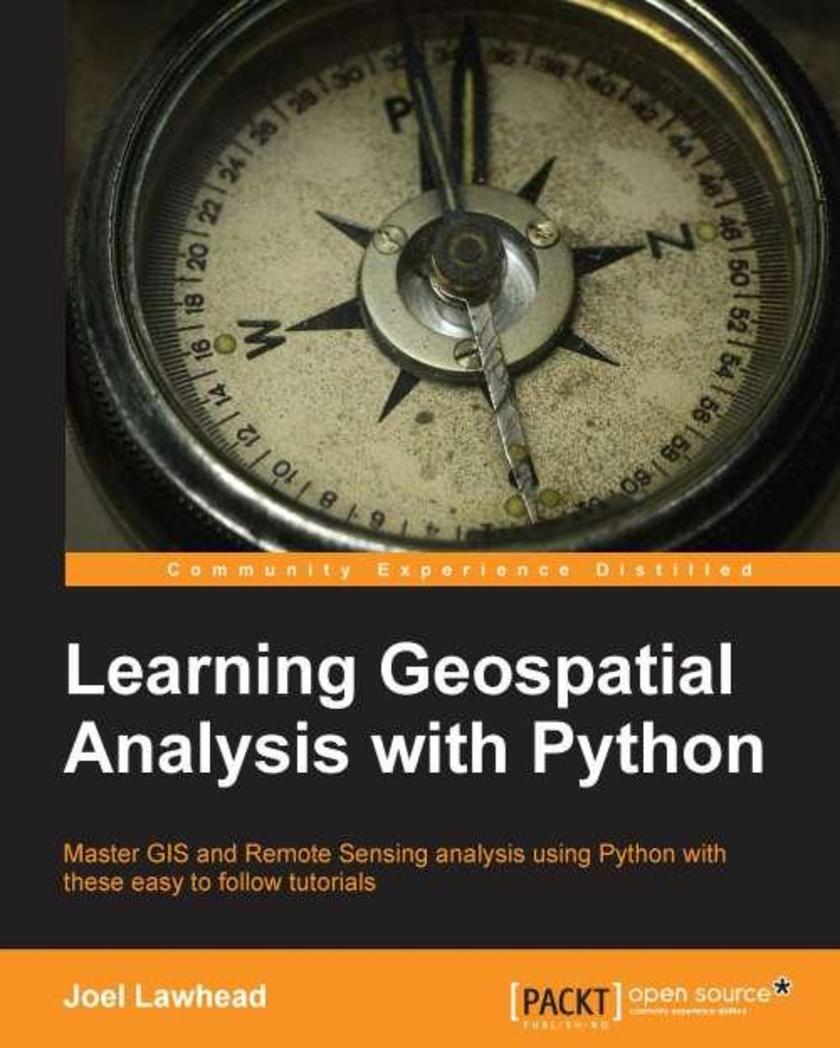
Learning Geospatial Analysis with Python
¥90.46
This is a tutorial-style book that helps you to perform Geospatial and GIS analysis with Python and its tools/libraries. This book will first introduce various Python-related tools/packages in the initial chapters before moving towards practical usage, examples, and implementation in specialized kinds of Geospatial data analysis.This book is for anyone who wants to understand digital mapping and analysis and who uses Python or another *ing language for automation or crunching data manually.This book primarily targets Python developers, researchers, and analysts who want to perform Geospatial, modeling, and GIS analysis with Python.
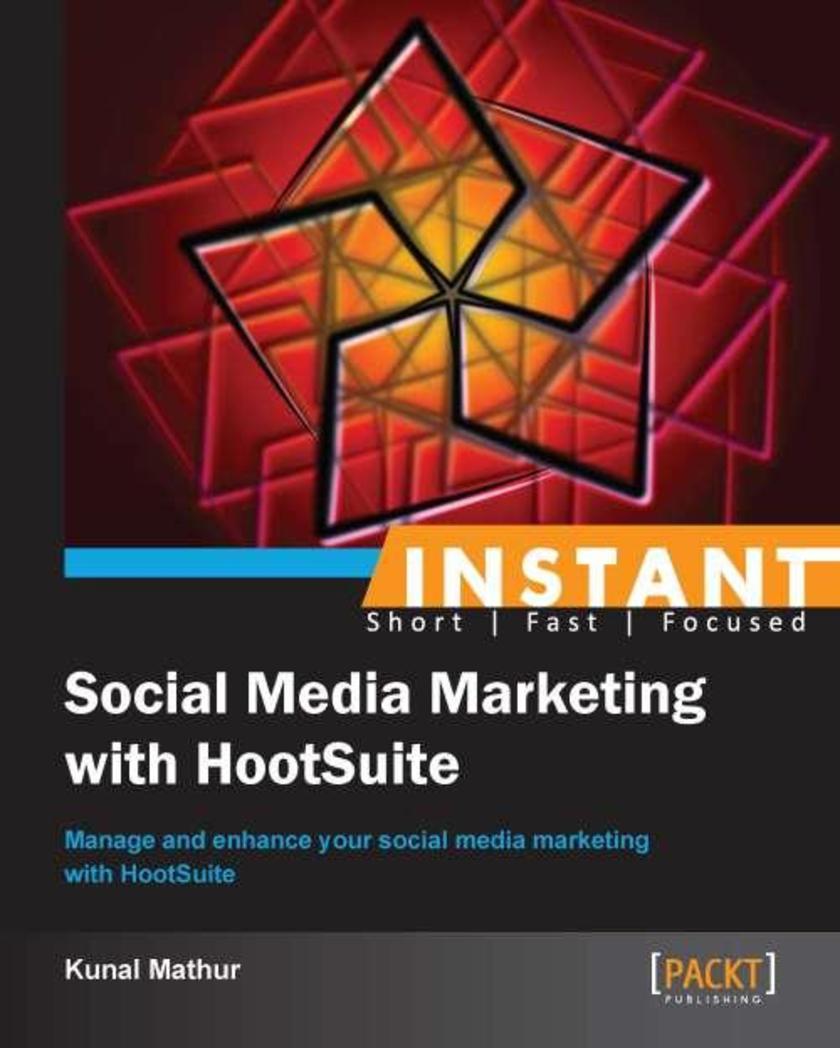
Instant Social Media Marketing with HootSuite
¥45.77
Filled with practical, step-by-step instructions and clear explanations for the most important and useful tasks. A step-by-step, short and fast-paced tutorial, packed with powerful recipes that will teach you how to enhance your social networks with HootSuite.If you are a marketer who is new to social media marketing and are looking to manage and track multiple social media profiles such as LinkedIn, Twitter, and Facebook, then this book is ideal for you. Familiarity with social media networks and tools are expected.




 购物车
购物车 个人中心
个人中心



